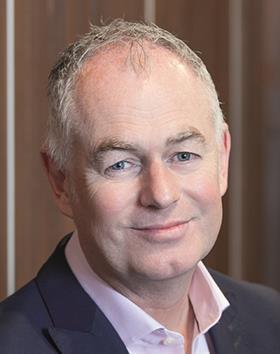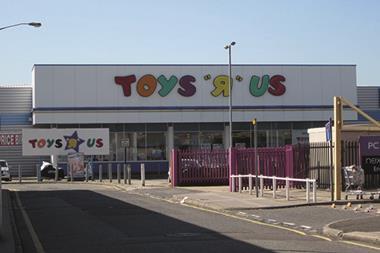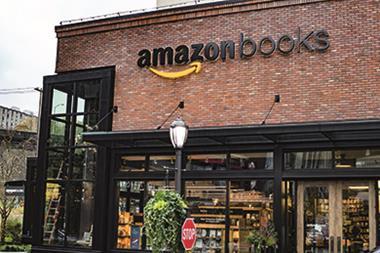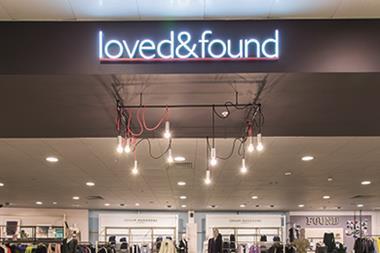Hammerson has long been a champion of the retail park.

It is a core part of our portfolio, with some £1.7bn invested across 21 retail parks, making us the second-largest direct owner in the UK. In my view, the sector is an important part of the overall retail environment, offering shoppers a convenient and easy alternative to large city centre schemes.
In 2015, retail parks stole the limelight, with footfall figures consistently beating those recorded on the high street and in shopping centres - a trend that was echoed across our UK portfolio, with visitor numbers up 4.2%, outperforming the Springboard Retail Park Index by some margin. Customer appeal looks set to remain firm in 2016, with the latest figures from the British Retail Consortium showing footfall continues to increase. Last month the sector saw a 2.5% rise, which followed a whopping 5.2% year-on-year increase in January, retail parks’ best performance for two years.
While this outperformance may surprise some, we have always favoured retail parks for their steady rental income potential, carving out a clear strategic focus on three specific sub-segments: shopping parks, hybrid parks and key homeware goods parks. This provides us with a well-diversified portfolio across segments that play to shopper preferences for a wider variety of retailers in convenient locations offering first-rate customer services. Interestingly, this is in contrast to the wider market, which is focused on standard bulky goods retailers in parks and solus units.
Recognising this segmentation, which has arguably become more pronounced as the consumer recovery has spread from the capital into the regions, has been key in positioning the portfolio towards sectors that offer the highest footfall and demand for space, therefore driving rental growth. Our decision to specialise has clearly paid off. Our portfolio posted a 2.6% improvement in like-for-like net rental income in 2015 driven by new fashion and homeware entrants competing for a presence in the sectors in which we are able to supply space.
In 2015, a quarter of new leases secured were with homeware retailers including Tapi, ScS and Oak Furniture Land. These lettings were, on average, well ahead of ERV. And we anticipate that there is more to come, with Cushman & Wakefield predicting that new space requirements from the homeware sector will increase 46% in 2016.

Another key driver in the rise of the retail parks has been the emergence of next-generation ‘shopping parks’, with fashion brands more commonly associated with big shopping centres clamouring to take space as part of an in-fill strategy in key catchments. Almost 60% of our principal lettings in 2015 were to fashion retailers, with brands such as Fat Face signing up to its first shopping park store in England with us. Other well-known brands, including River Island and H&M, are all now looking to increase their footprint on shopping parks as a result of recent strong performance.
Our newly launched shopping park at Elliott’s Field, Rugby, is a prime example of the next generation of shopping parks. Visitor numbers have soared as customers are literally voting with their feet, opting for a convenient out-of-town location boasting a fantastic line-up of fashion and homeware brands, together with dining and customer services more commonly associated with large shopping centres.
With such a strong start to the year, we are confident that the story is just beginning for the next generation of retail parks. As it unfolds, we intend to remain firmly at the heart of it.
Andrew Berger-North is director, UK retail parks, at Hammerson






























No comments yet